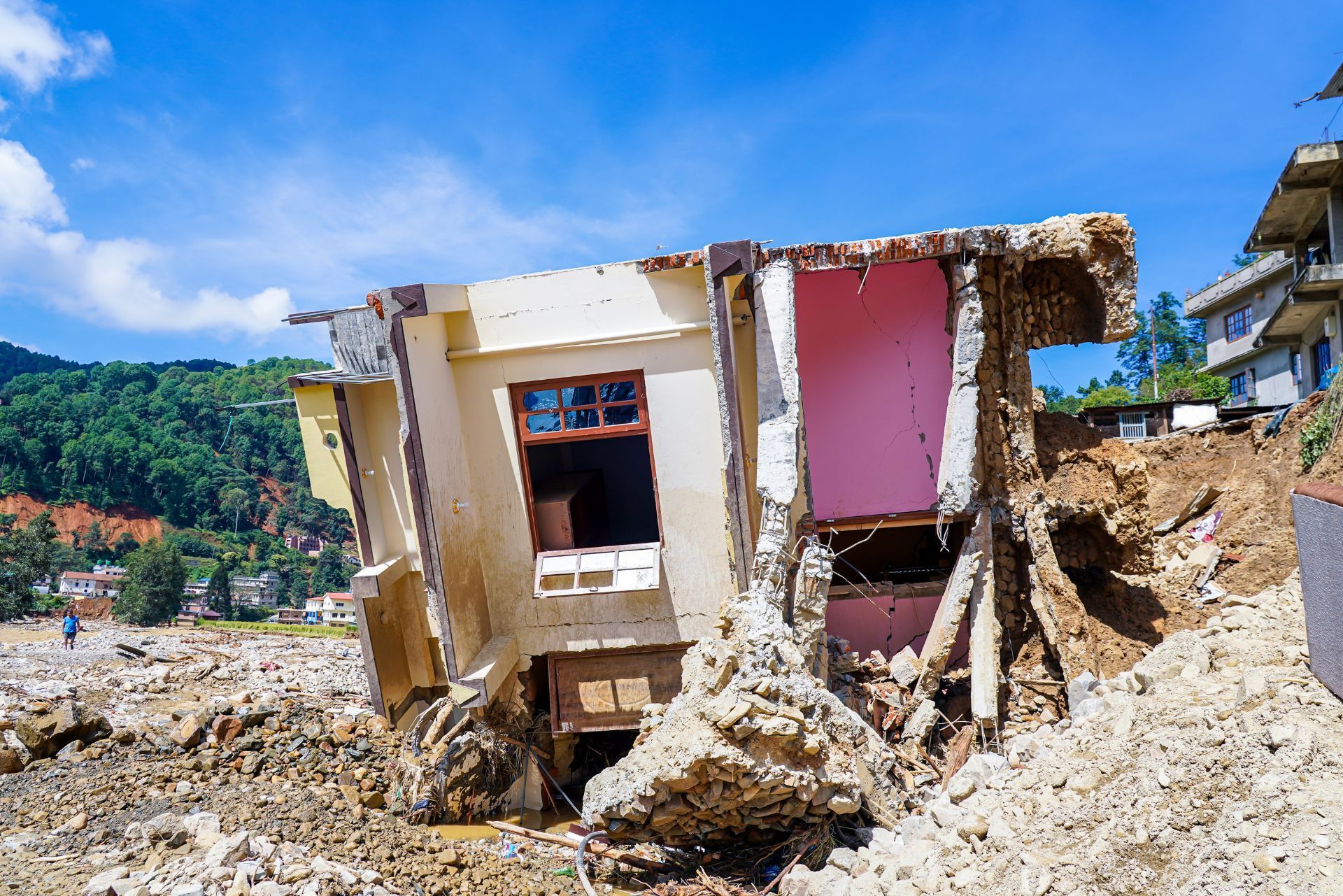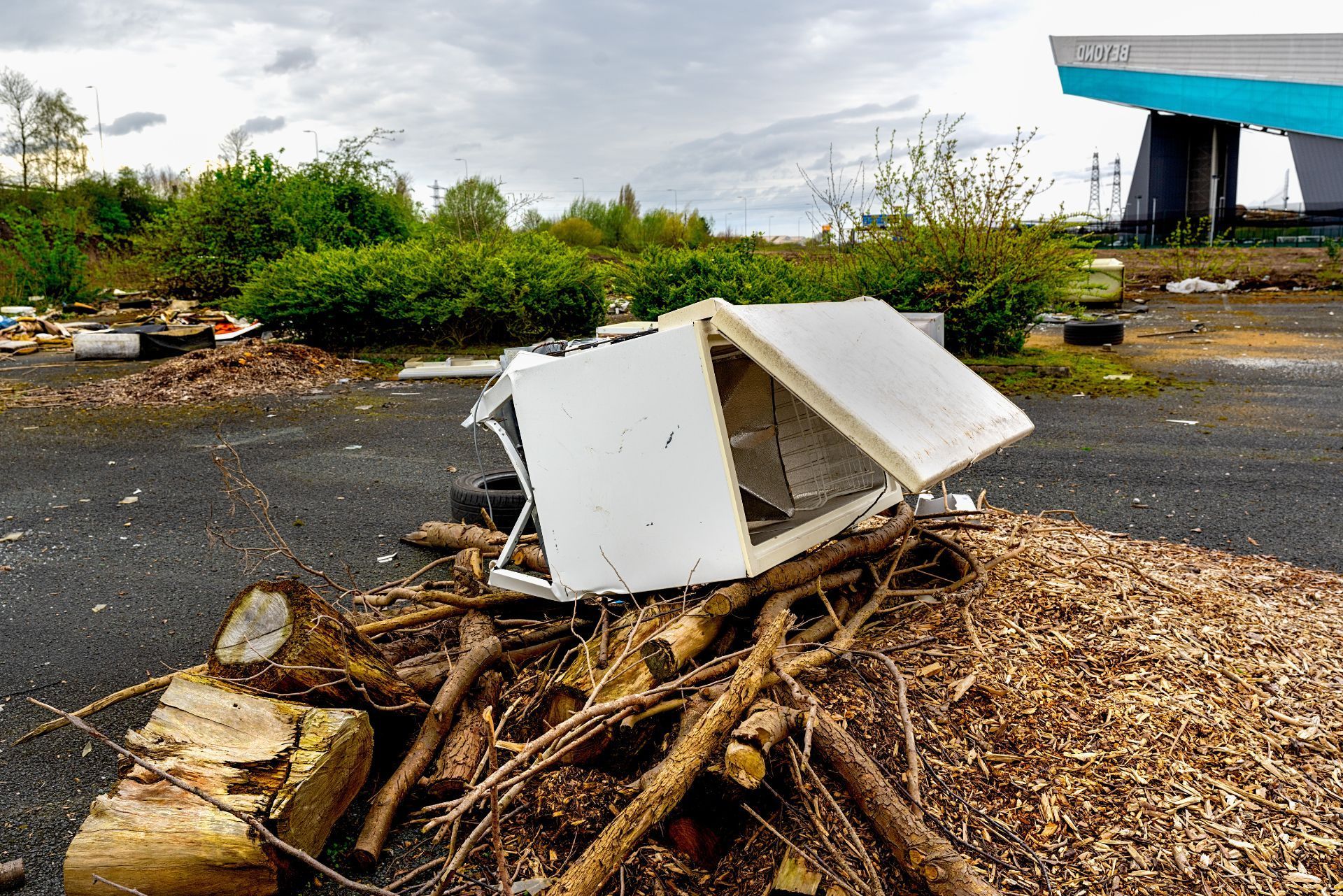Top 3 Recommended Policies

Natural disasters can strike without warning, leaving devastation in their wake. In Colorado, the risk of wildfires, floods, and severe storms is ever-present. As a result, understanding natural disaster insurance is crucial for homeowners and renters alike. This comprehensive guide will delve into the various aspects of natural disaster insurance in Colorado, helping you make informed decisions to protect your property and assets.
Understanding Natural Disaster Insurance
Natural disaster insurance is designed to cover damages resulting from catastrophic events. This type of insurance can vary significantly based on the specific perils covered and the policies offered by different insurers. In Colorado, homeowners should be particularly aware of the unique risks associated with the region. The state's diverse geography, ranging from mountains to plains, contributes to a wide array of potential natural disasters, making it imperative for residents to assess their insurance needs carefully.
Types of Coverage
When considering natural disaster insurance, it's essential to understand the different types of coverage available. Homeowners may need to purchase separate policies or endorsements to ensure comprehensive protection. Each type of coverage addresses specific risks, allowing homeowners to tailor their insurance plans to their unique circumstances.
- homeowners insurance: This is the primary policy for most homeowners, covering damages from various perils, including fire, theft, and vandalism. However, standard homeowners insurance often excludes certain natural disasters. Homeowners should review their policies closely to identify any gaps in coverage, especially concerning natural disasters prevalent in their area.
- flood insurance: Given Colorado's susceptibility to flooding, especially during spring runoff, flood insurance is critical. This coverage is typically offered through the National Flood Insurance Program (NFIP). Homeowners are encouraged to assess their flood risk, as even properties located outside designated flood zones can experience unexpected flooding.
- Earthquake Insurance: While not as common as in other states, Colorado does experience seismic activity. Earthquake insurance can be added to a homeowners policy or purchased as a standalone policy. This coverage is particularly important for residents in areas with known fault lines, as the potential for significant damage from even minor quakes can be substantial.
Why You Need Natural Disaster Insurance in Colorado
The state of Colorado is prone to various natural disasters that can lead to significant property damage. Understanding the risks can help homeowners make informed decisions regarding their insurance needs. The potential for loss is not just financial; it can also impact the emotional well-being of families who may face the aftermath of a disaster.
- Wildfires: With vast expanses of forested land, Colorado faces a high risk of wildfires, particularly during dry seasons. Homeowners in fire-prone areas should consider additional coverage for fire damage. The increasing frequency and intensity of wildfires in recent years have underscored the importance of having adequate insurance, as entire neighborhoods can be devastated in a matter of hours.
- Floods: Heavy rains and rapid snowmelt can lead to flash flooding, affecting homes even in areas not typically associated with flood risks. The unpredictability of weather patterns makes it essential for homeowners to stay informed about local flood zones and to consider flood insurance as a crucial part of their overall risk management strategy.
- Severe Weather: Colorado experiences severe storms, including hail, tornadoes, and high winds, which can cause extensive damage to homes and property. The state's varied climate means that homeowners must be prepared for a range of weather-related challenges, and having the right insurance coverage can provide peace of mind during tumultuous weather events.
Moreover, understanding the nuances of natural disaster insurance can empower homeowners to take proactive steps in safeguarding their investments. Regularly reviewing and updating insurance policies, especially after significant life changes or home renovations, ensures that coverage remains adequate and relevant. Additionally, homeowners should consider engaging with insurance professionals who can provide tailored advice based on the latest data and trends in natural disaster risks specific to Colorado.

Assessing Your Risk
Before purchasing natural disaster insurance, it is essential to assess your specific risks based on your location and property type. Understanding the potential hazards can guide you in selecting the appropriate coverage.
Location Matters
The geographical location of a property plays a significant role in determining its risk level. For instance, homes situated in mountainous areas may be more vulnerable to wildfires, while those near rivers may face a higher risk of flooding.
Research local hazards by consulting resources such as the Colorado Geological Survey or the Federal Emergency Management Agency (FEMA). These organizations provide valuable information about flood zones, wildfire risk areas, and earthquake-prone regions. Additionally, local government websites often publish recent data on weather patterns, historical disaster occurrences, and community preparedness initiatives, which can further inform your understanding of the risks associated with your area.
Home Characteristics
The construction and design of a home can also impact its vulnerability to natural disasters. For example, homes built with fire-resistant materials may fare better during a wildfire, while those with basements may be more susceptible to flooding.
Consider the following factors when assessing your home’s risk:
- Proximity to natural firebreaks or water sources
- Elevation and drainage systems
- Age and condition of the property
Moreover, the landscaping around your home can play a crucial role in mitigating risks. Well-maintained yards with appropriate vegetation can act as natural barriers against wildfires, while strategically placed gutters and downspouts can help divert water away from the foundation during heavy rains. Homeowners should also evaluate their roofing materials and window types, as these elements can significantly influence a structure's resilience against severe weather events. Regular maintenance and upgrades can not only enhance safety but may also lead to lower insurance premiums over time.
Choosing the Right Insurance Policy
Once you have assessed your risks, the next step is to choose the right insurance policy. This process involves evaluating different options and understanding the coverage details. Selecting the right policy is not just about finding the lowest premium; it’s about ensuring you have comprehensive protection tailored to your unique situation.
Researching Insurance Providers
Not all insurance companies offer the same coverage options or pricing. It is essential to research various providers to find a policy that meets your specific needs. Look for companies with a strong reputation for customer service and claims handling. Reading customer reviews and testimonials can provide insight into how insurers respond during the claims process, which is a critical factor when you need to rely on your policy the most.
Consider obtaining quotes from multiple insurers to compare coverage options and premiums. Online tools can simplify this process, allowing you to quickly evaluate different policies side by side. Additionally, don’t hesitate to reach out to insurance agents who can provide personalized advice and help clarify any complex terms or conditions that may be difficult to understand. Their expertise can be invaluable in navigating the sometimes overwhelming world of insurance.
Understanding Policy Details
When reviewing insurance policies, pay close attention to the details. Key aspects to consider include:
- Coverage Limits: Ensure that the coverage limits are adequate to rebuild your home and replace your belongings in the event of a disaster. It’s wise to periodically reassess these limits, especially after significant renovations or purchases.
- Deductibles: Understand the deductibles associated with each type of coverage. Higher deductibles may lower premiums but can lead to significant out-of-pocket expenses during a claim. Finding a balance that fits your financial situation is crucial.
- Exclusions: Be aware of what is not covered by the policy. For example, standard homeowners insurance typically does not cover flood damage, requiring a separate flood insurance policy. Understanding these exclusions can help you avoid surprises when filing a claim.
Moreover, it is important to familiarize yourself with the terms of renewal and any potential changes in coverage that may occur over time. Insurance policies can evolve, and what was once included may not be in future renewals. Regularly reviewing your policy ensures that you remain adequately protected and can adapt to any changes in your circumstances or the insurance market.
The Claims Process
In the unfortunate event of a natural disaster, knowing how to navigate the claims process can make a significant difference in recovering from the loss. Understanding the steps involved can help homeowners act quickly and efficiently. The emotional toll of such events can be overwhelming, but being organized and proactive can alleviate some of the stress associated with recovery.
Documenting Damage
After a disaster, the first step in filing a claim is to document the damage thoroughly. Take photographs or videos of the affected areas, and make a list of damaged items. This documentation will be crucial when submitting your claim. It's advisable to capture images from various angles and distances to provide a comprehensive view of the destruction. Consider using a timestamp feature on your camera or smartphone to verify when the photos were taken, as this can further substantiate your claim.
Additionally, keep records of any expenses incurred due to the disaster, such as temporary housing or repairs. This information can help support your claim and ensure you receive the appropriate compensation. If you have to hire contractors for emergency repairs, obtain written estimates and invoices to document these costs. Furthermore, maintaining a journal of your recovery process can be beneficial; noting down conversations with insurance representatives, repair timelines, and any challenges faced can provide a clear narrative of your experience that may be useful later in the claims process.
Filing the Claim
Contact your insurance provider as soon as possible to initiate the claims process. Most companies have specific procedures for reporting claims, which may include filling out forms or providing documentation electronically. Familiarize yourself with your policy details beforehand, as understanding your coverage limits and exclusions can help you communicate effectively with your insurer.
Be prepared to answer questions about the damage and provide any requested documentation. The insurance adjuster assigned to your claim will assess the damage and determine the compensation amount based on your policy coverage. It may be helpful to have a copy of your policy on hand during discussions, as it can clarify any ambiguities regarding coverage. Additionally, consider reaching out to a public adjuster if you feel overwhelmed; they can advocate on your behalf and assist in negotiating a fair settlement, ensuring that you maximize your claim based on the extent of your losses.

Additional Considerations
When dealing with natural disaster insurance in Colorado, several additional factors should be taken into account. These considerations can help enhance your coverage and ensure you are adequately protected.
Bundling Policies
Many insurance companies offer discounts for bundling multiple policies, such as homeowners and auto insurance. Bundling can lead to significant savings while simplifying your insurance management.
Before purchasing insurance, inquire about available discounts for bundling. This approach can also provide a more comprehensive coverage package tailored to your needs. Additionally, some insurers may offer special packages that include coverage for specific natural disasters prevalent in Colorado, such as wildfires or floods, which can further enhance your protection and peace of mind.
Regular Policy Reviews
As circumstances change, it is vital to review your insurance policy regularly. Life events such as renovations, acquiring new belongings, or changes in risk levels can impact your coverage needs.
Schedule annual reviews with your insurance agent to ensure your policy remains up-to-date. This practice can help you avoid gaps in coverage and ensure you have adequate protection against potential disasters. Moreover, staying informed about local environmental changes, such as increased wildfire risks due to climate change or new flood zones, can influence your coverage decisions. Engaging in community preparedness programs can also provide insights into the specific risks you may face, allowing you to adjust your policy accordingly.
Conclusion
Natural disasters pose a significant risk to homeowners in Colorado, making natural disaster insurance an essential consideration. By understanding the types of coverage available, assessing individual risks, and choosing the right policy, homeowners can protect their properties and assets effectively.
Regularly reviewing insurance policies and staying informed about local hazards can further enhance protection. With the right preparation and understanding, homeowners can navigate the complexities of natural disaster insurance with confidence.
Contact Us
Phone
Location

